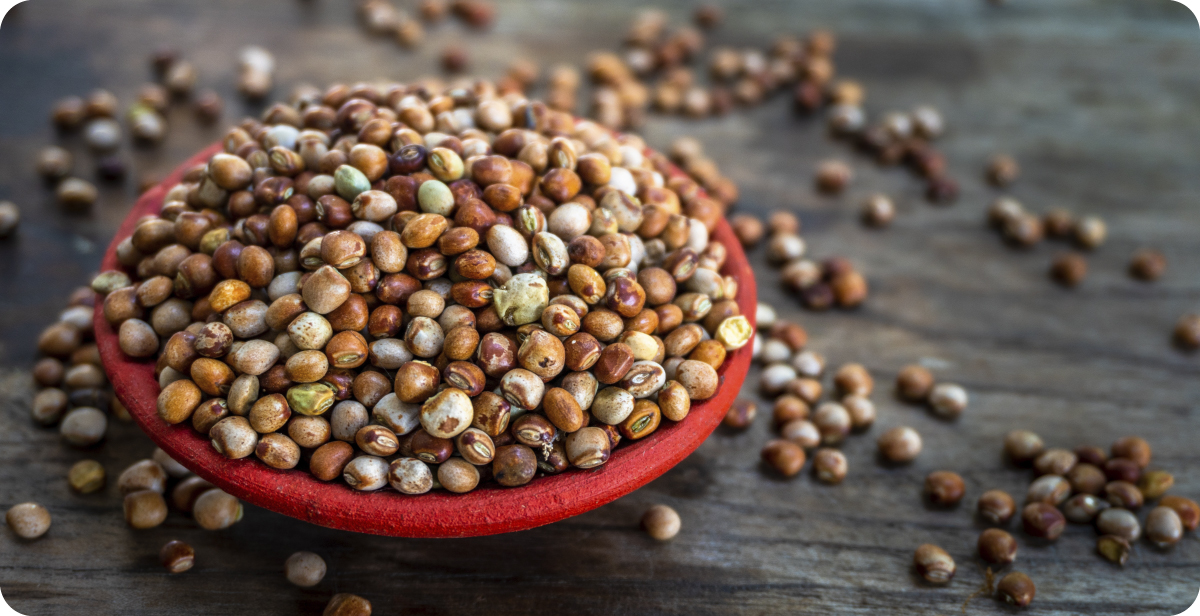March 12, 2025
India’s massive pulse imports in 2024 led to global price fluctuations, liquidity crises, and trade disputes. With volatility and policy shifts shaking markets, how can India create a stable pulse supply chain?


A staple import for India, pigeon peas saw significant price swings in May 2024, causing major financial strain on traders.
India stands as a behemoth in the global pulse market, with an annual consumption of approximately 28 million tons in 2024. This massive demand is met by both domestic production and imports, with 24 million tons produced locally and 6.6 million tons imported. India's influence on global pulse prices is significant, as its imports often dictate market trends. However, this power comes with a great responsibility to manage the market effectively.
In 2024, India's pulse imports reached unprecedented levels, contributing to a cash crunch and liquidity issues. Three major pulse imports—pigeon peas, yellow peas, and desi chickpeas—played a significant role in this scenario.
READ THE FULL ARTICLE In 2024, India's monthly imports of yellow peas averaged around 250,000 tons, requiring significant cash outlays.

India pulse market / Pulse imports / Global pulse trade / Pigeon peas prices / Yellow peas market / Desi chickpeas trade / Agri commodities / Food supply chain
Disclaimer: The opinions or views expressed in this publication are those of the authors or quoted persons. They do not purport to reflect the opinions or views of the Global Pulse Confederation or its members.